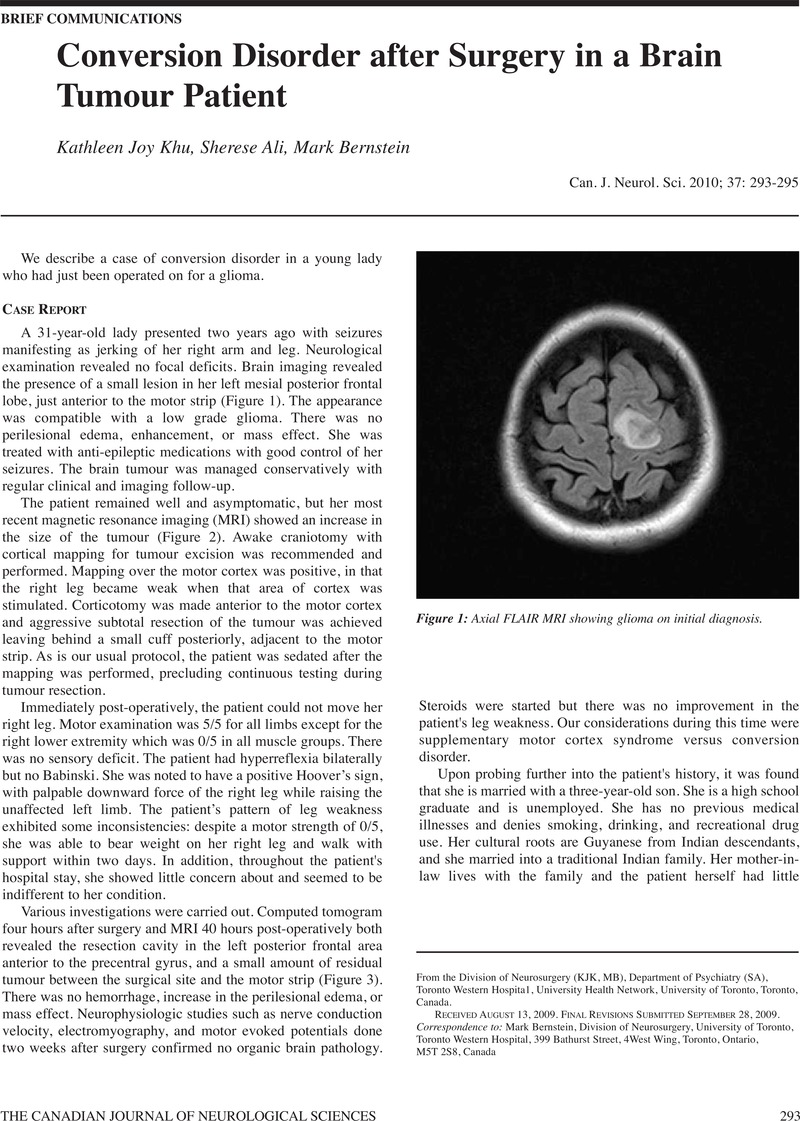Crossref Citations
This article has been cited by the following publications. This list is generated based on data provided by Crossref.
Deekonda, Praveena
and
Bernstein, Mark
2011.
Decision Making, Bias, and Low Grade Glioma.
Canadian Journal of Neurological Sciences / Journal Canadien des Sciences Neurologiques,
Vol. 38,
Issue. 2,
p.
193.
Kirchhoff, C.
Banke, I.J.
Beirer, M.
Imhoff, A.B.
and
Biberthaler, P.
2013.
Operative Therapie der Klavikulapseudarthrose.
Operative Orthopädie und Traumatologie,
Vol. 25,
Issue. 5,
p.
483.
Yakushiji, Takashi
Hayashi, Kamichika
Morikawa, Takamichi
Migita, Masashi
Ogane, Satoru
Muramatsu, Kyotaro
Kamio, Takashi
Shibahara, Takahiko
and
Takano, Nobuo
2017.
Postoperative Conversion Disorder in Elderly Oral Cancer Patient.
The Bulletin of Tokyo Dental College,
Vol. 58,
Issue. 3,
p.
187.
Andrew Taruk Padang, Yogi
Alief Utama Armyn, Andi
and
Patimang, Yulius
2024.
Giant Left Atrial Myxoma Revealed by Neurological Manifestation in a Young Female Patient.
International Journal of Innovative Science and Research Technology (IJISRT),
p.
1249.



